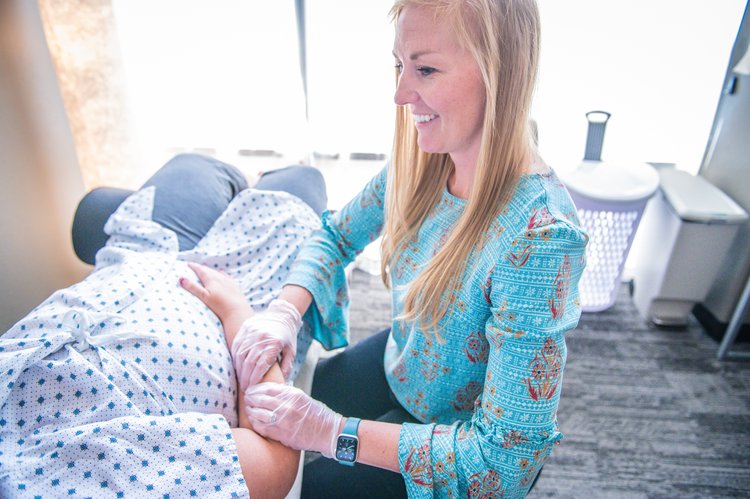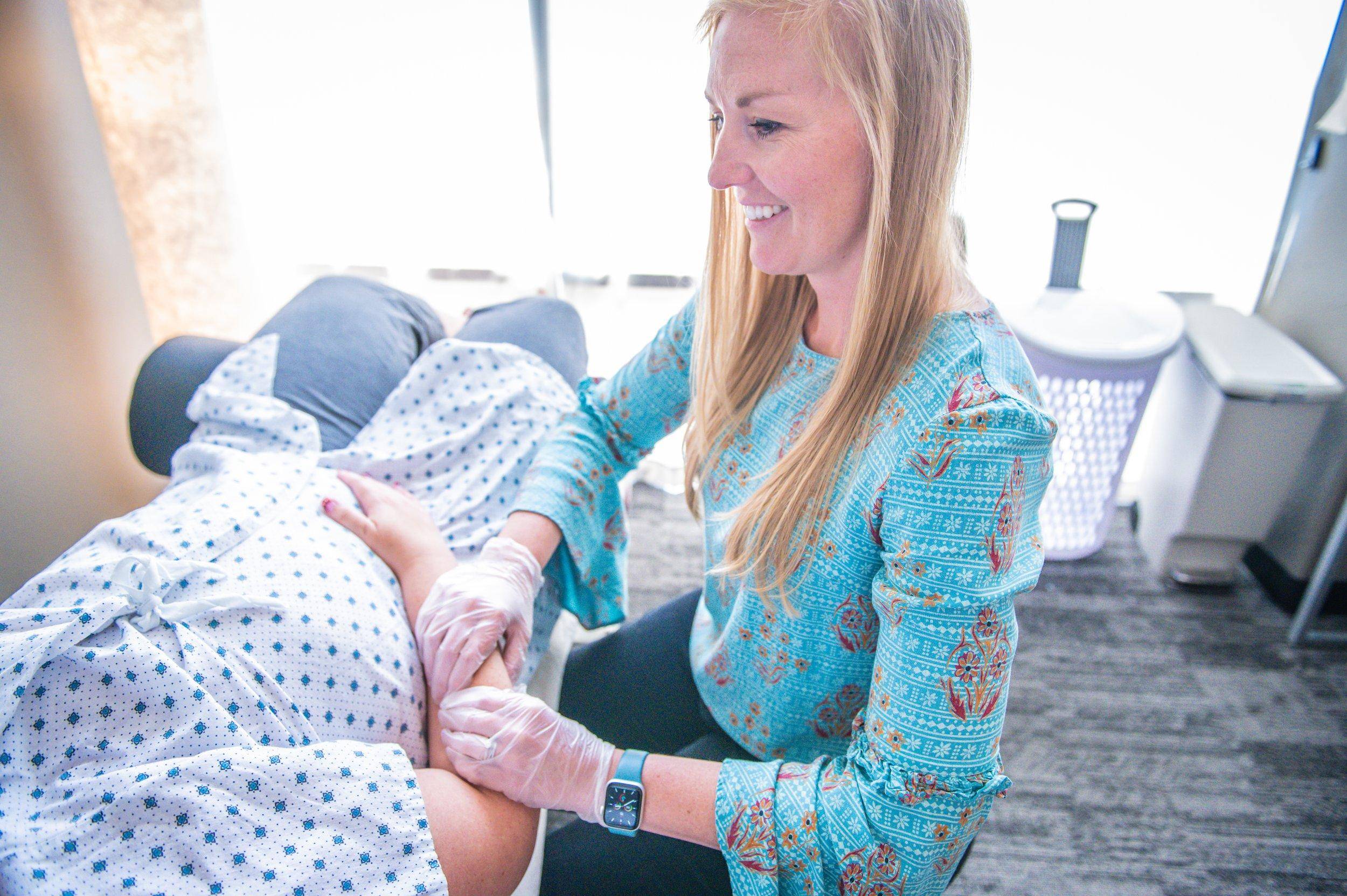
Welcome to part four of our Physical Therapy Cancer treatment blog! Here is a quick recap of what we provide here at Rehab Solutions. We have two providers that are specialized in Oncology Rehab including, Tiffany Nielsen, PT, DPT and Emily Swanson, PTA. These two ladies work as a team to provide you with the best care to meet your goals during and after cancer diagnosis. Both therapists are certified through Physiological Oncology Rehabilitation Institute (PORi), who are the leaders in Oncology Rehab.
Cancer Rehabilitation is defined as, “any functional or rehabilitation intervention for any cancer patient at any point along the cancer continuum with a goal of increasing personal ability.”- Gail Gamble MD at RIC.
In 2020, there will be an estimated 1,806,950 new cancer cases in the United States. That’s approximately 4,950 new cases per day. An online survey was conducted in 2012 with 2,307 cancer survivors participating in post treatment difficulties in physical, emotional, and practical areas; 61% were 1-5 years post treatment. The survey results concluded 91% of cancer survivors experienced at least one physical concern, and only 75% received help, 96% of cancer survivors experienced at least one emotional concern, and 55% received help, and finally 75% of cancer survivors experienced a practical concern, and 40% received help. The top four areas of physical concerns were energy, concentration, sexual functioning, and neuropathy that most respondents had not received care for.
With a variety of chemotherapy treatments available, there comes a risk of multiple side effects, including chemo-induced peripheral neuropathy, cardiotoxicity, muscular weakness, myelosuppression and fatigue.
So, what exactly do these side effects actually mean? Chemo-induced peripheral neuropathy describes the damage to the peripheral nervous system incurred by a patient who has received a chemotherapeutic drug. Examples of chemotherapy drugs known to be neurotoxic include, cisplatin, taxol, or bortezomib with symptoms of pain, numbness, tingling, burning, sharp or shooting pain. We can address the pain during and after chemotherapy treatments to prevent the condition from getting worse as treatment progresses. Another key factor we must ensure does not regress is balance. Balance is so important during cancer treatments and can lead to falls if not addressed. This can lead to more issues and slower recovery time. We perform a thorough evaluation on sensation, balance, strength and endurance.
Cardiotoxicity can be defined as left ventricular dysfunction, decreased left and right ejection fractions, and reduced cardiac output and stroke volume. Adriamycin and Herceptin are very common drugs used in breast cancer that damage cardiac myocytes resulting in congestive heart failure. It’s very important to continue exercising without taxing your body and potentially damaging your heart tissue. The heart is a muscle and needs exercise but concerns arise when working too hard. We are trained to perform a cardiovascular treadmill test and encourage all patients to participate. This helps assess the appropriate heart rate range you should be working in while exercising during and after chemotherapy and radiation. We find this test highly valuable for all cancer conditions, but especially breast cancer.
Muscular weakness or muscular toxicity from chemotherapy slows motor function and decreases coordination. As individuals advance through their treatments, continued rest is necessary, and one should take the time to recover. Even so, an abundance of research shows performing 30 minutes of exercise 3-4 x’s/week while receiving treatment can help speed recovery and prevent regression of strength and endurance. Common chemotherapy drugs that may increase this side effect are Taxol, Avastin, Erbitux, and Opdivo.
Myelosuppression is a combination of decreased red blood cells (anemia), decreased white blood cells (immunosuppression), and decreased platelet count (thrombocytopenia). This may increase your risk of infection and decrease ability to clot blood. All systemic chemotherapy drugs commonly result in myelosuppression. Your oncologist will help monitor these numbers prior to receiving your next chemotherapy treatment to ensure your safety and best results.
Cancer related fatigue is defined as, “distressing, persistent, subjective sense of tiredness or exhaustion related to cancer or cancer treatment that is not proportional to recent activity and interferes with usual functioning.” This can occur secondary to decreased reserve of red blood cells, white blood cells, and plasma. When most chemotherapy is entering the body, it’s primary goal is to kill the cancer cells. Although, healthy cells are also damaged in the process. Learning how to stay active while conserving energy is important while going through treatment. Exercise can increase blood flow and energy, decreasing recovery time. We provide a plan to promote activity while preventing additional exhaustion.
Our role here at Rehab Solutions is to help keep your quality of life as normal as possible while going through this difficult time. Come see us before, during and after treatment for ideas on how to stay moving!
Sources: PORi rehab book
https://cancerstatisticscenter.cancer.org/#!/
https://www.cancer.gov/publications/dictionaries/cancer-terms/def/myelosuppression
https://www.myeloma.org/myelosuppression

